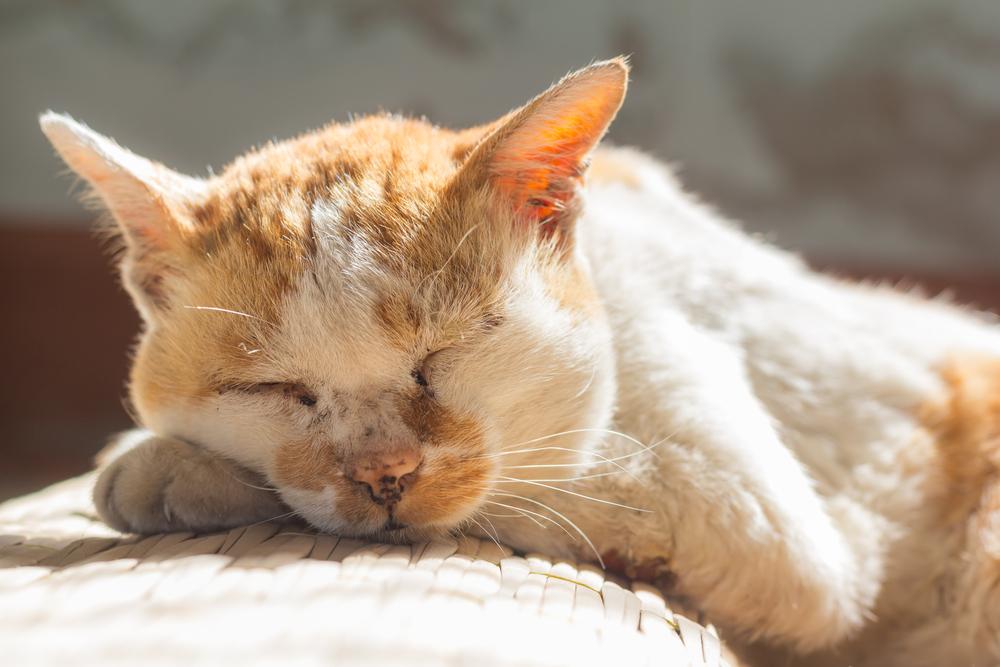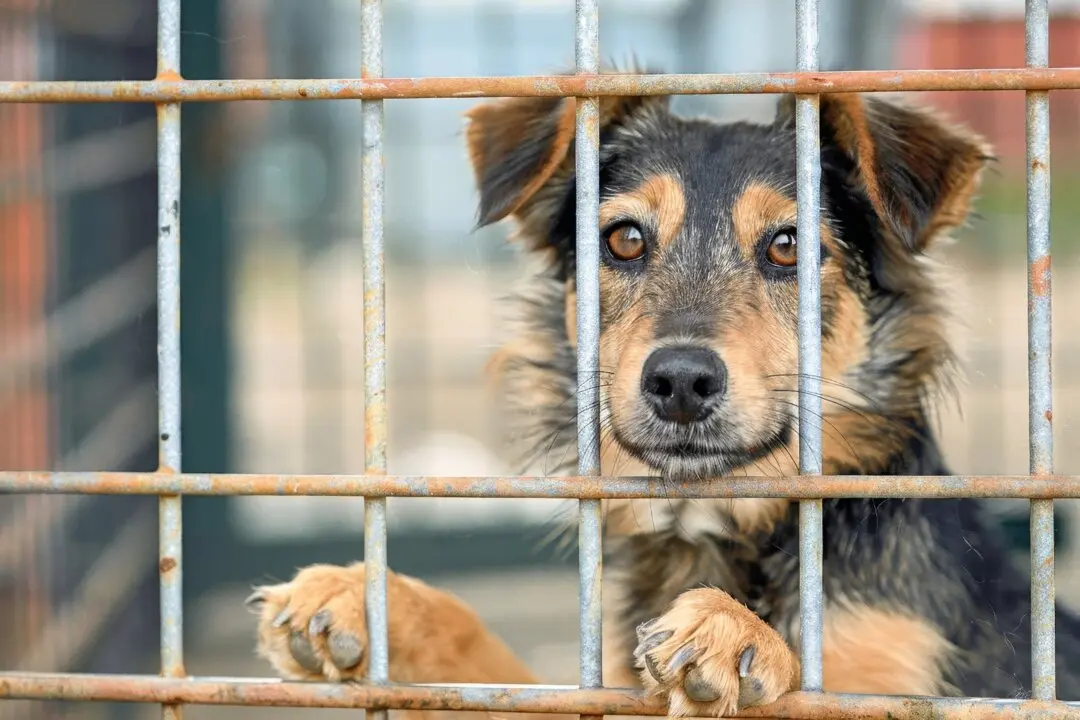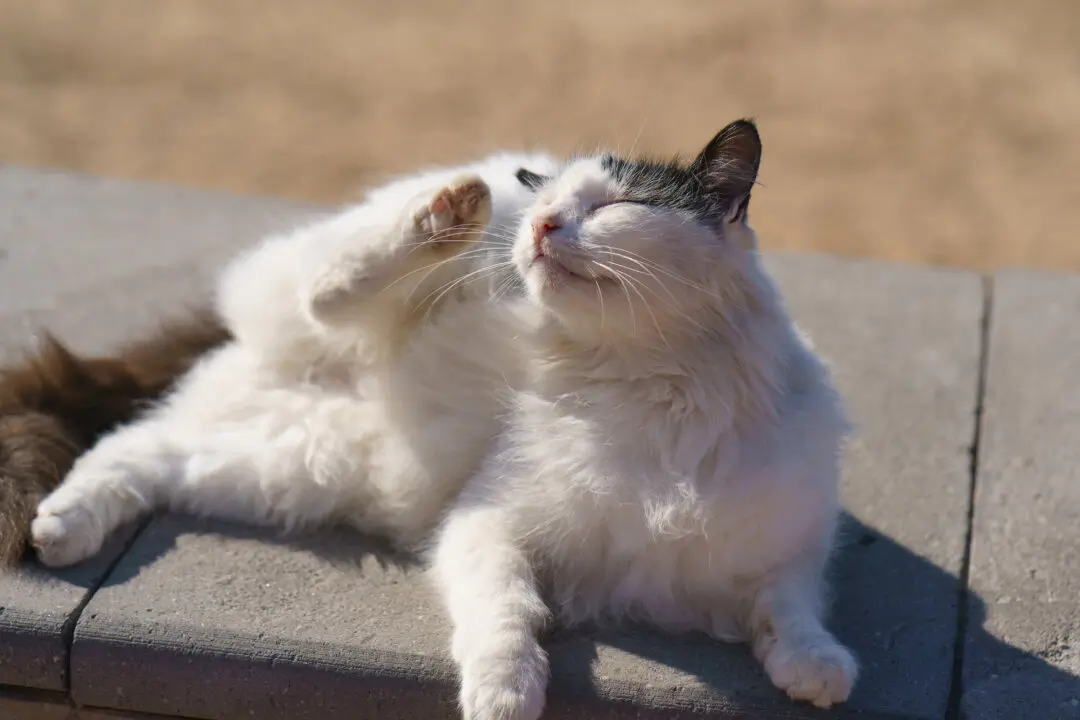Q: Latte, our 8-year-old indoor cat, suddenly started crying and pulling himself along on his front legs while dragging his back legs. We rushed him to his veterinarian who diagnosed a saddle thromboembolism and recommended euthanasia because Latte’s prognosis was so dire.
We agreed, but because of Latte’s stress and ours at the time, we don’t remember everything the vet said about his condition. Please explain it.





